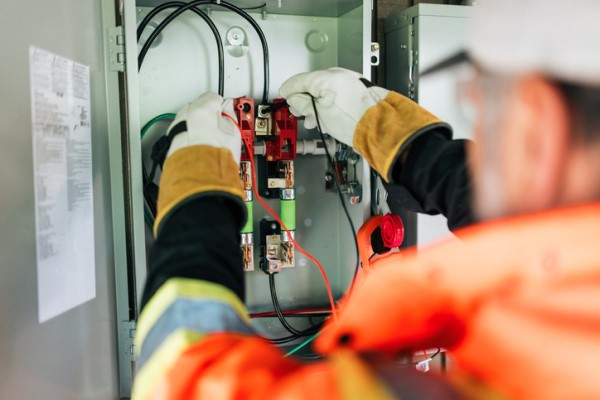What does AS IEC 61032:2023 mean for electricians on the tools?
The standard that looks after the protection of persons and equipment by enclosures has recently been updated. Phil Tann looks into what it means for electricians in their day-to-day work.
The great thing about standards is that there are so many to choose from, but when it comes to work practice standards in specific industries, it’s black and white with no ground to compromise. The update to AS IEC 61032:2023 brings with it some potential for operational changes.
ADVERTISEMENT
The electrical industry is, at many times, high risk, but when managed appropriately, that risk is easily mitigated or managed. Those risks aren’t just for the workers in the industry, but others who are around not only while work is being completed but also afterwards if the work is not done to meet standards.
Looking at AS IEC 61032:2023 Protection of persons and equipment by enclosures, there’s a bit to unpack, but in essence, as outlined on the standard itself is, by all accounts, a 2023 adoption of the original standard from 1997.
The standard specifies details and dimensions of test probes intended to verify the protection provided by enclosures concerning the protection of persons against access to hazardous parts inside the enclosure and protection of the equipment inside the enclosure against ingress of solid foreign objects.
The adaptation from the 1997 standard remains unchanged due to the nature of the standard. It is – as stated – focussed on the selection and use of probes to verify the protections provided to equipment inside enclosures and people working in or around them.
This is achieved by defining key areas within the standard and providing necessary guidance on the selection and use of probes including referencing other standards for the selection of probes and confirming where documentation outlining those existing standards can be located.
Further definitions within the standard identify areas of risk, such as the hazardous parts (live, mechanical and hot or glowing), access and object probes and what is considered adequate clearance against access to hazardous parts.
Speaking with several electricians and industry experts during the development of this article, it became clear that the AS IEC 61032:2023 isn’t well-known outside commercial work, nor is it something that they believe affects them on a daily basis, a contributing factor to the first note.
Ultimately, the consensus has been that the standard is to list the existing test probe designs and, until something significant changes in that space, and is widely adopted; this particular standard is unlikely to see any major changes.
A discussion point with one of the electricians I spoke with was around his confidence in the supply chain where he noted: “After a quick read, this isn’t a standard that I’ve specifically sought out or been concerned with in the past. But I’d be confident in saying that provided we are purchasing (enclosures and probes) through appropriate providers; then I have every confidence that the equipment we purchase will adhere to the required standards.”
That approach is fascinating to someone who doesn’t work or has qualifications in the industry. But it does demonstrate the governance behind the industry, the standards that are in place and the confidence that businesses and workers have in their supply chain. This puts a strong emphasis on maintaining their knowledge and compliance with the relevant standards.
With the regulation and increasing monetisation to access the documented standards within the industry, even those that have regular and daily impact for standard work; the potential effects here are huge in the short and long term. Either hurting costs for electrical contractors, particularly the small business owners, that will flow onto the customers. Or simply by having contractors unaware of, or unwilling to spend the money to access – updating their knowledge of – standards.
In this particular instance, it’s a generational update of an existing standard that both suppliers and installers in the Australian region need to adhere to. But, as discussed, it’s considered relatively safe to assume that any purchases made through registered Australian channels are meeting the requirements.
-
ADVERTISEMENT
-
ADVERTISEMENT


